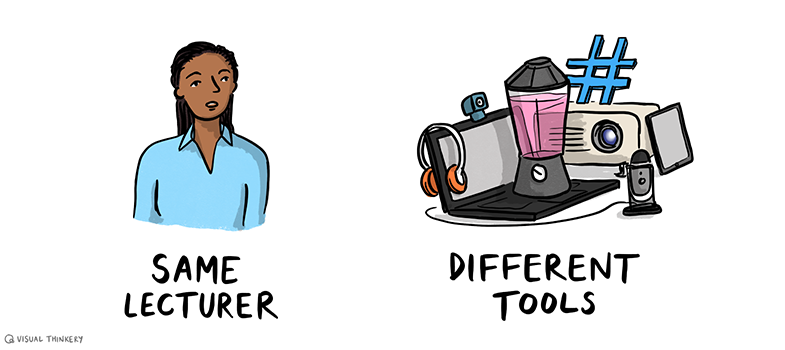3 Online learning

In the activities in this session you have prepared for online study. This has been a practical session, with no reference to theory, because the emphasis has been on experiencing what it is like to join a course as an online learner. Other sessions in the course will make the connections between practice, theory and research.
Finding out how an online course is structured and preparing for online study take time, particularly if you have not done this before. If you kept to the recommended activity timings, it probably took you around three hours to reach this point. Depending on your previous experience, it may have taken you considerably longer, or you may have been able to work through the activities very quickly because you had done similar things before.
Remember that this time for setting things up and finding out how things work is important for all students. In face-to-face settings, universities often schedule induction periods, ‘freshers weeks’ or similar events. Online, students also need time to find their way around, and are likely to need support with some of the activities that are important for independent study.
Although there are similarities between online education and face-to-face education, they are different experiences that require different but overlapping skillsets whether you are an educator, a manager, or working in a role that supports online learning. The good news is that most people can adapt not only their skills, but also many of their existing materials and practices to suit an online environment. There are many possibilities but, as a minimum, if you and your students have computers or tablets and access to the internet, then you can start to teach and learn online.
2 Badges and certificates






